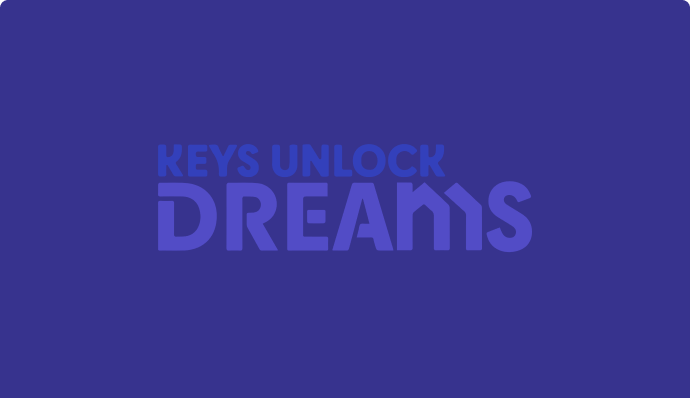Racial disparities in the housing market have been stark for nearly a century. Because of the pervasive influence of structural racism, people of color have experienced the greatest barriers to accessing and maintaining homeownership. Moreover, these disparities are expected to widen, given that the COVID-19 pandemic has had a disproportionate impact on households of color.
Amid increased attention on these racial disparities, policymakers, local stakeholders, and financial institutions are designing and implementing solutions to expand homeownership and wealth-building opportunities for households of color.
To measure the success of these efforts, a timely estimate of the racial homeownership rate is critical. It provides a common understanding of the current reality and can help housing stakeholders set a common goal for defining and measuring progress.
Though this may sound simple, variations in data sources make it complicated. Different data sources have different ways of describing the gap, so experts are not always working from the same benchmarks and numbers. To reduce the confusion, it’s vital to be clear about what data source is being referenced, understand how data sources differ, and use the correct terminology.
Read the full article at The Urban Institute.
